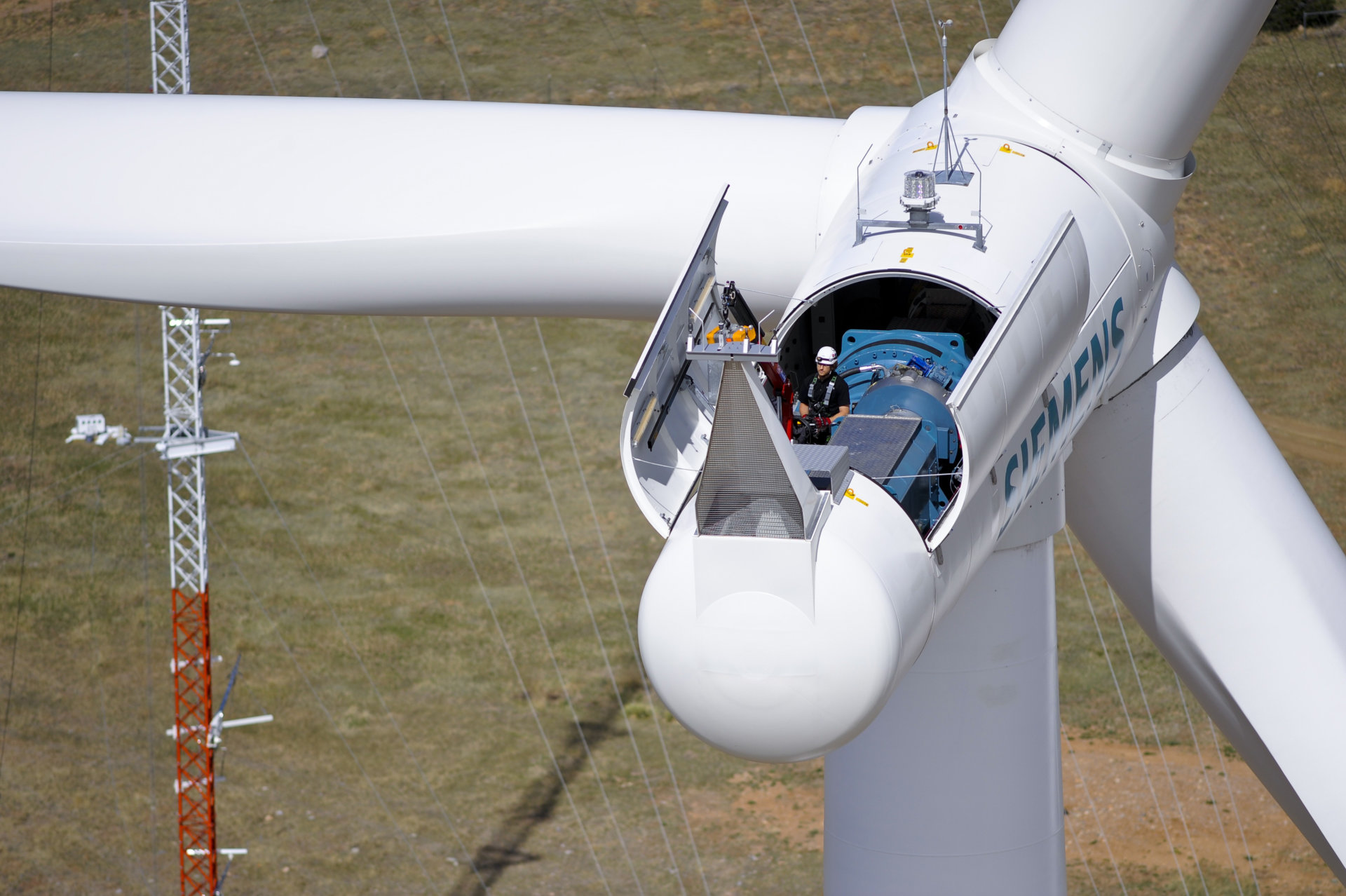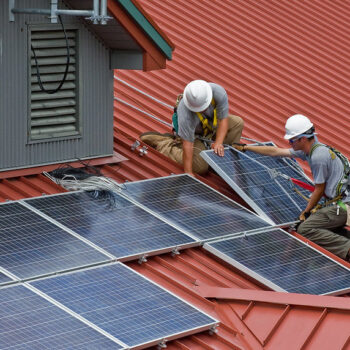In this briefing, we map the knowns and unknowns of Europe’s economic recovery from the COVID-19 crisis and efforts to align it with the European Green Deal. We emphasize that national governments in the EU must already plan their national efforts in the context of the EU Recovery and Resilience Facility to include a contribution of at least 37% of funding to climate objectives, while ensuring that the remainder of the funding does not harm the European Green Deal’s objectives and does not support new fossil fuel activities.
For these purposes, we present a checklist for national governments that are currently drafting recovery plans to ensure that funding effectively contributes to a resilient and green recovery. We are also tracking and reviewing ongoing drafting processes for national recovery plans, finding that governments are already falling short of this in various instances.
Key take-aways
The EU’s Recovery and Resilience Facility (RRF) will provide member states with up to €672.5bn in funding intended to support the economic recovery from the COVID-19 crisis. National leaders in the European Council have agreed that this funding shall effectively contribute to the “green and digital transition” and the European Green Deal. Since the agreement in July 2020, EU institutions have been busy fleshing out the details of how to put this into practice, and national governments have already begun drafting the national recovery and resilience plans that are needed to access funding from the RRF.
Crucially, every member state must ensure that at least 37% of spending in its national recovery plan is aligned with the green transition, with the remainder of the funding not doing significant harm to the transition. As the European Commission will assess all national plans based on these principles, not taking them into account today will only make future revisions of the plans necessary. In addition, EU governments should strongly consider the economic and social advantages of a green recovery, and the relevance of transformative investments for a just transition for affected communities. Green recovery measures are more likely to enable a resilient and stable economic recovery, create jobs, boost growth, and mitigate financial risks. Lastly, national governments should be aware of the significant financial risks associated with investments into fossil fuels which can create a long-term burden on public budgets and hamper recovery effects.
Our preliminary analysis shows that national planning efforts are not yet fully aligned with the requirements for a successful European economic recovery in line with the European Green Deal. As the final rules of the game for the EU’s recovery fund are being finalized it will be important to closely align national efforts that are already underway with the likely final shape and content of these rules. To avoid the risks, delays and uncertainty that would come with national recovery plans being found incompatible with EU requirements, national decision-makers must take the likely requirements (detailed in table 1 below) into account already today.
For the development and assessment of plans, a rigorous and comparable analysis of what is considered “green” will be essential. The Rio markers that have been used for similar goals in the past are a questionable measure for this endeavour. These markers were introduced more than 20 years ago and are not suited to track compatibility with the Paris Agreement and climate neutrality; for instance, they still consider the use of fossil fuels in transport or cogeneration a climate measure. Rather, national actors should test recovery plans against the EU taxonomy and “do no significant harm” principle early in the planning process to limit risks of later revisions, but also to realize opportunities from growth markets in clean technologies.
Getting the governance and quality of spending right is of critical importance. Both EU institutions and member states currently act under high time pressure.While it should be in everyone’s interest to disburse recovery funds as soon as possible to reach a strong recovery effect, it is equally important to ensure enough time for political participation (for example through public consultations and the involvement of national parliaments), transparency in processes and the compliance with rule of law principles.The European Commission will have to be particularly careful of ensuring both speed and quality.
While these processes continue, a second wave of COVID-19 is hitting most EU countries in a moment of weakness. Although the economic and social implications cannot yet be fully assessed, it is apparent that this second wave may shift the political dynamics around EU recovery funds. This has at least two implications: First, current plans should already consider a potentially “bumpy road” towards recovery and be flexible and adaptable. Second, while the first wave hit Southern Europe the hardest, the second wave is now strongly affecting Central and Eastern Europe. If lockdowns continue, another discussion about additional recovery funds, including a different allocation towards countries, may be necessary.

Header image via GPA Photo Archive – CC BY-NC 2.0



